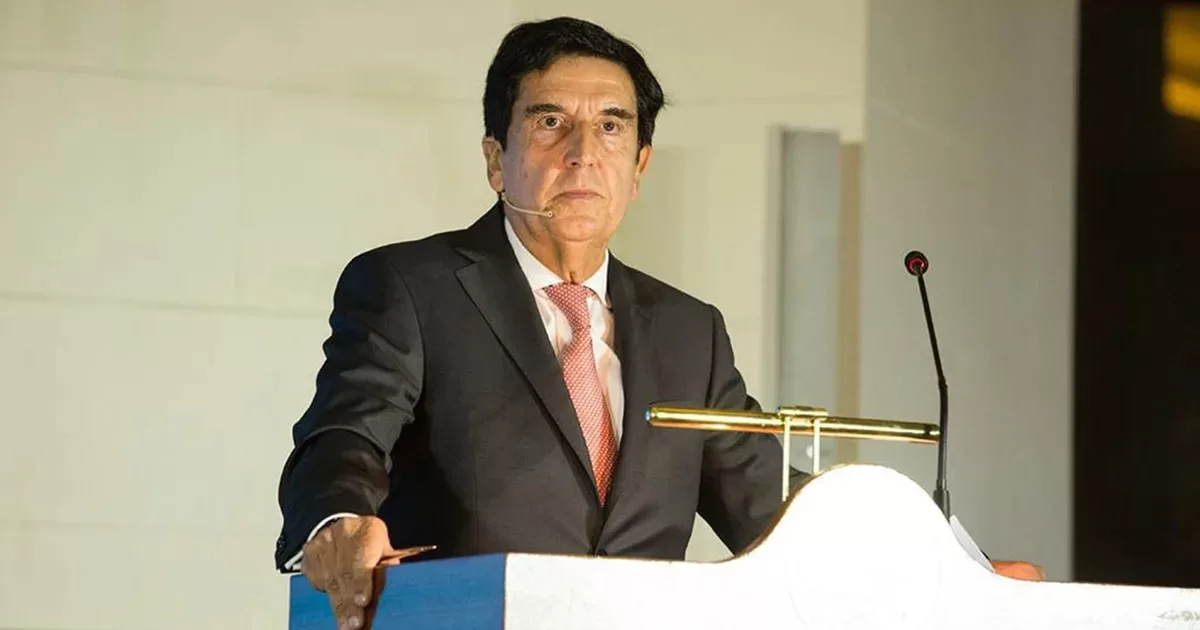More than 2.5 million jobs would be at risk of being lost in the tourism sector due to the violent protests that have been taking place in southern Peru, he warned Oscar Caipo, president of the National Confederation of Private Business Institutions (Confiep).
Likewise, the president of the Peruvian business union indicated that the tourism sector which is concentrated in the south of the country, more than 90% of the reservations for tourist packages have been cancelled.
Also, he specified that the protests of the last weeks are hitting, mainly, the sectors mining, sightseeing Alreadygroexportwhich generate about 10 million jobs, both direct and indirect.
It may interest you: A day with clashes in Ica left several injured, there are shortages and blockades continue in the regions
“We are talking about approximately 10 million workers between direct and indirect, formal and informal. Two million jobs are generated by mining, four million by agriculture and four million the sightseeing”, said the president of the Confiep to RPP.
On the other hand, Caipo stated that the majority who work in these sectors are micro and small enterprises (mypes) They are on the brink of bankruptcy. “The testimonies that we have heard from the representatives of the sectors is that they can no longer work,” he remarked.
In this context, the representative of private companies in Peru asked the Executive Power to find ways to restore peace in order to begin to recover the dynamism of the affected sectors.

“We have to restore peace and start working, above all, to recover the confidence of tourists and clean up the country’s image abroad,” stressed the president of Confiep.
Next, the union representative called on the protesters to reflect and urged them to understand their right to protest, it does not imply using violence.
“Your right to protest ends when you are affecting the rights of people who have the right to transit and work. The rights of the more than 33 million Peruvians are being affected, so the correct discussion is not being held,” Caipo noted.
It may interest you: Economic losses due to social protests reach S/2,150 million, estimates the MEF
In addition, the businessman indicated that the political class and the government has to focus efforts on pacifying the country and calling for the sanity and responsibility of those who are organizing these marches.
At another time, he recognized that within the protests there are groups that have legitimate reasons to express their discontent, mainly in Puno, but, he said, these are mixed with demands of a political nature.
“We have to listen to the street, but it should not be decisive because the institutionality and decision-making responsibility of both the Executive and Congress must prevail,” the president of Confiep pointed out.
According to data released by the Minister of Economy and Finance, Alex Contrerasthe losses caused by the social mobilizations amount to USD 554 million since they started last December, after the failed self-coup by former president Pedro Castillo.
The headline highlighted that the most affected regions have been the southern ones of Cusco, Madre de Dios and Puno, the epicenter of the blockades and demonstrations, as well as the increase in the prices of food products “due to difficulties in supplying the markets.”
KEEP READING


